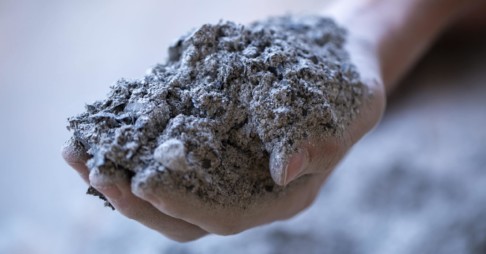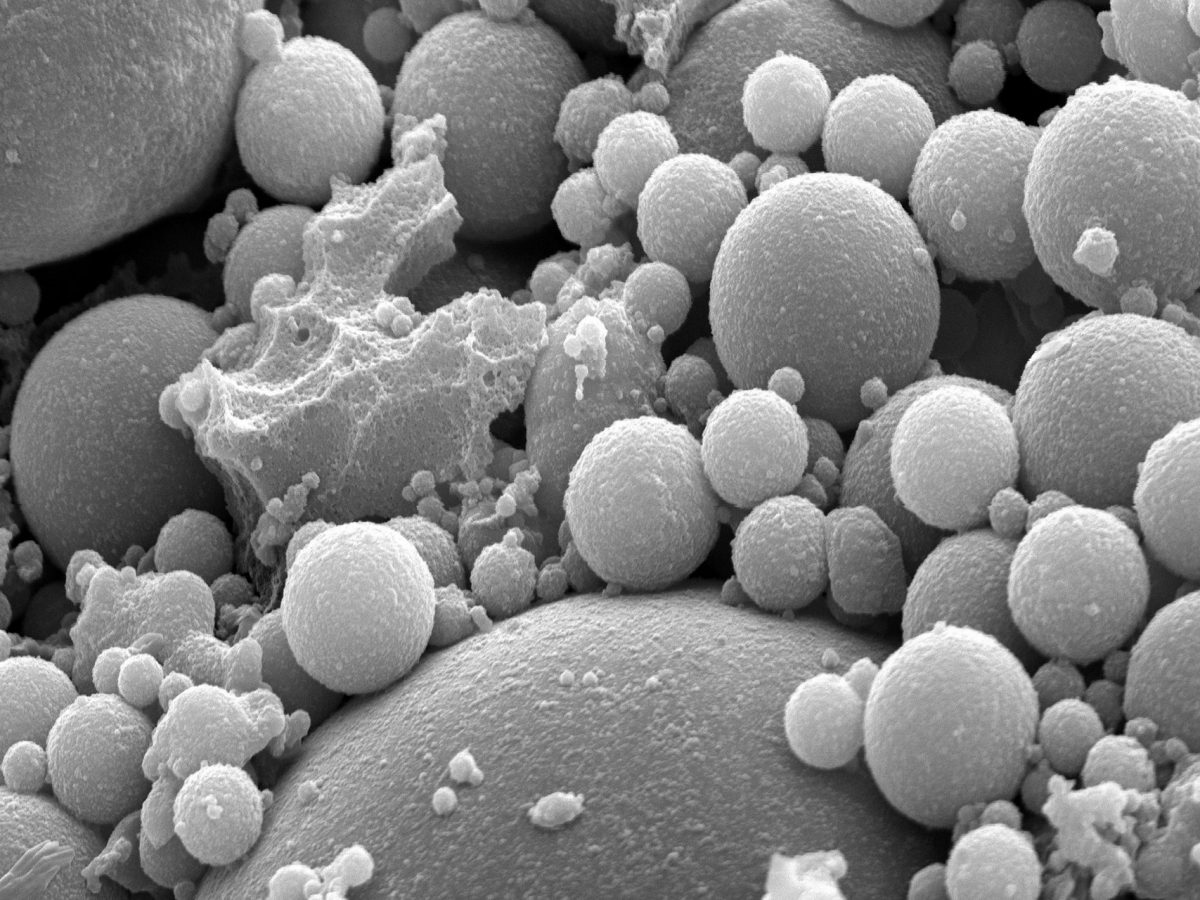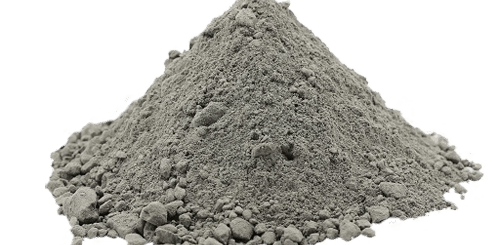Fly Ash | What a Replacement
Fly ash is a natural by-product of the combustion of coal and is an invaluable resource for civil engineers seeking to maximize strength and durability in their building projects. This blog article will explore the numerous benefits that fly ash has to offer civil engineers, and how it can be used in a variety of applications to reduce construction costs and reduce the environmental impacts of building projects. Civil engineers who take the time to learn more about the advantages of fly ash can use this powerful material to their advantage in their industry.
What is Fly Ash
The tiniest coal ash particles are called fly ash. The non-combustible portion of the coal’s mineral matter, along with a trace amount of carbon left over from incomplete combustion, is known as fly ash. Fly ash is a fine powder that is created from this material. Fly ash often has a light tan hue and is made up primarily of glassy spheres the size of silt and clay. With respect to coal mix and plant operating conditions, fly ash properties vary greatly.
Pozzolanic or cementations are two different terms for fly ash. When combined with water, a cementations material hardens. Water will also cause pozzolanic materials to harden, but only after activation with an alkaline chemical like lime. Some fly ashes are useful for cement replacement in concrete and many other building applications due to their cementations and pozzolanic qualities. In addition to being utilized as a filler in asphalt, fly ash is also employed in the production of concrete, cement, road base, oil stabilizer, clean fill, and mineral filler.
Types of Fly Ash
According to the American Society for Testing and Materials (ASTM) C618, fly ash is divided into two categories: Class F fly ash and Class C fly ash. The amount of calcium, silica, alumina and iron in the ash makes up the majority of the differences between these classes. The amount of chemicals in the coal burned has a significant impact on the fly ash’s chemical composition.
Material Composition of Fly Ash
The following material composition of the main two types of fly ash is as follows.
| Fly Ash Class F | Fly Ash Class Cortland | Portland Cement | |
| SiO2 | 55 | 40 | 23 |
| Al203 | 26 | 17 | 4 |
| Fe2O3 | 7 | 6 | 2 |
| CaO (Lime) | 9 | 24 | 64 |
| MgO | 2 | 5 | 2 |
| SO3 | 1 | 3 | 2 |
Advantages of us of Fly Ash
Fly ash has several important benefits for civil engineers. One of the most important is its potential to reduce the environmental impacts of building projects. Fly ash can be used as a replacement for Portland cement, which is a leading cause of greenhouse gas emissions. Fly ash can also be used to line landfills, which can prevent the leaching of harmful chemicals into the ground and water.
Another important benefit of fly ash is its potential to improve the strength and durability of building projects. Fly ash can be used as a supplement to concrete and has been shown to improve the compressive strength of concrete by up to 20%. Fly ash can also be used to improve the durability of building projects by reducing the rate of corrosion.
Fly ash also has the potential to save money on building projects. Because fly ash can be used to replace Portland cement, it can reduce the overall cost of construction projects. In addition, because fly ash can improve the strength and durability of building projects, it can reduce the need for repairs and maintenance over time.
Some of the other important benefits of fly ash are as follows.
- Fly ash brick production
- Low heat of hydration
- Good workability of concrete
- Resistance against Sulphate attack
- Reduce carking of concrete
- Low permeability of concrete
- Reduce carbon dioxide emission
By understanding the benefits of fly ash, civil engineers can use this to reduce the environmental impacts of their building projects, improve the strength and durability of their buildings, and save money on their construction projects.





